Pakistani Sweet Dishes — A Complete Guide by an Expert


Pakistani sweet dishes are not just desserts; they are pieces of history, culture, and tradition served on a plate. From the royal kitchens of the Mughal Empire to the bustling sweet shops of Lahore and Karachi, these delicacies have been perfected over centuries. As someone who has prepared, tasted, and studied these sweets for years, I can confidently say that each dessert tells its own story — a story of flavors, festivals, and family traditions.
Whether you are a beginner trying to make your first gulab jamun, an intermediate cook aiming to perfect your kheer, or simply a dessert enthusiast curious about the cultural roots of these recipes, this guide will give you all the knowledge you need. I’ve crafted it to save you the trouble of hopping between websites — everything you’re looking for is here, in one place.
In this comprehensive guide, we’ll explore the history of Pakistani desserts, the most popular and beloved recipes, expert tips to perfect your cooking, modern innovations, and even healthier adaptations. By the end, you’ll not only know about these sweets but also understand how to make them, where to find the best ones, and how to give them your own creative twist.
The Rich History of Pakistani Sweet Dishes
Roots in Mughal Cuisine
The story of Pakistani desserts begins in the opulent courts of the Mughal emperors, where chefs experimented with exotic spices, dry fruits, and dairy to create desserts that reflected both luxury and artistry. Many beloved sweets like shahi tukray and rabri originated during this time, enriched with saffron, cardamom, and pure ghee. You can read more about the Mughal influence on South Asian cuisine in this detailed historical overview from Britannica.
Regional Influences
Pakistan’s diverse geography and culture have shaped its desserts into a wide variety of flavors and textures:
- Punjab — Known for hearty, rich sweets like gajar ka halwa and phirni.
- Sindh — Famous for laddu and syrupy sweets often paired with lassi.
- Khyber Pakhtunkhwa — Specializes in dry-fruit-rich sheer khurma during Eid celebrations.
- Balochistan — Offers simple, rustic sweets often made from locally grown dates and nuts.
Festival & Cultural Significance
Sweet dishes are deeply woven into the fabric of Pakistani celebrations. From weddings to Eid, no event is complete without a generous spread of desserts. During Eid al-Fitr, for example, sheer khurma is prepared in almost every household, symbolizing hospitality and joy. Similarly, mithai boxes are exchanged during weddings as a gesture of good luck and happiness.
In rural areas, seasonal harvests influence dessert making — for instance, carrot-based sweets in winter and mango-based ones in summer. This seasonal connection keeps the tradition alive and rooted in the land’s natural cycles.
Popular Pakistani Sweet Dishes
Gulab Jamun — The Golden Classic
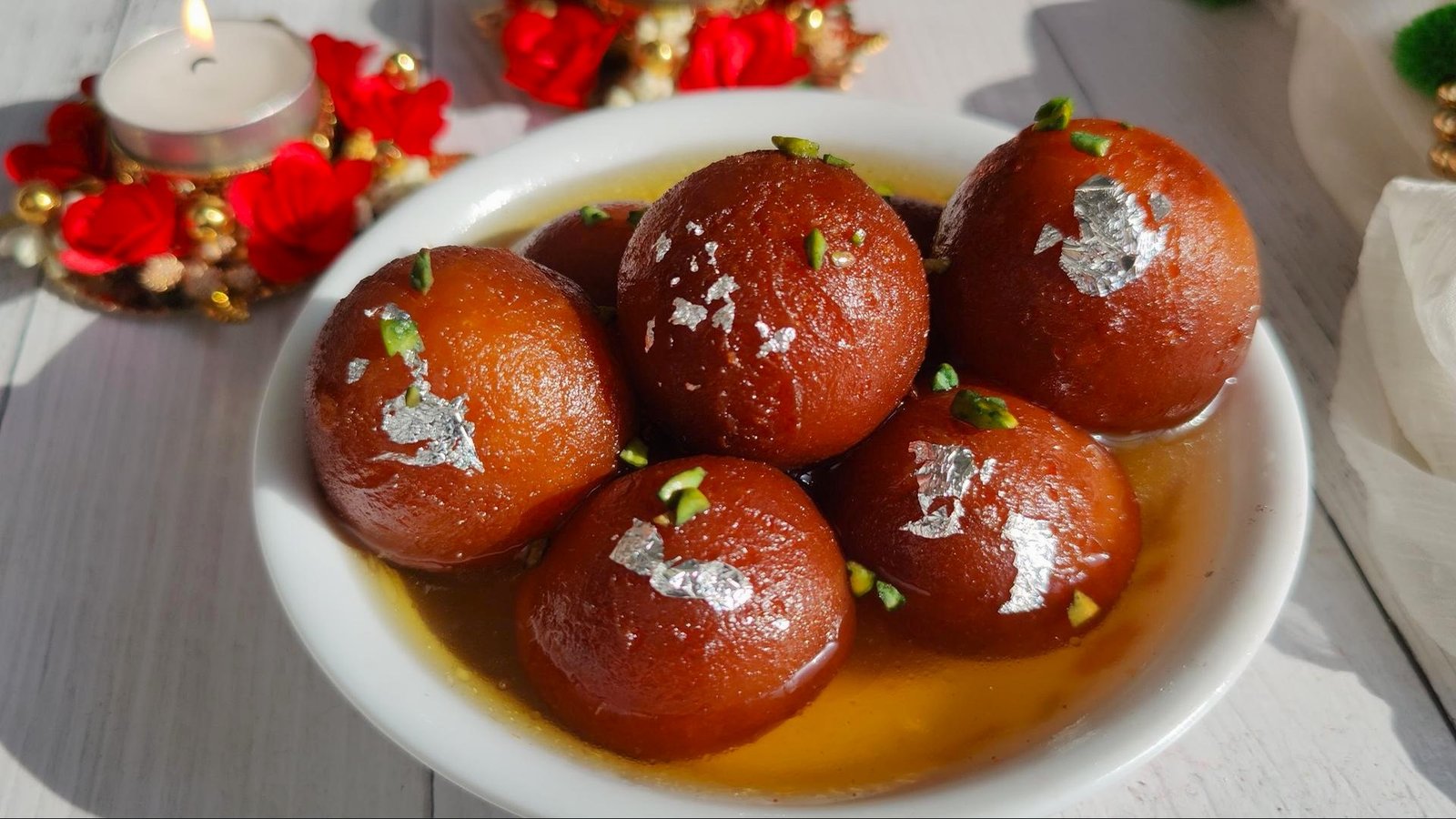

Gulab jamun is arguably the most famous Pakistani sweet. These soft, syrup-soaked balls are made from milk solids known as khoya or milk powder, combined with a touch of flour and deep-fried until golden. The key to perfect gulab jamun is to ensure the dough is soft and smooth, avoiding over-kneading which can cause them to become dense and chewy.
Once fried, the gulab jamuns are soaked in a warm sugar syrup infused with rosewater or cardamom, giving them their signature floral aroma. Serving them warm enhances their melt-in-the-mouth texture, making them an absolute crowd-pleaser at celebrations and festivals.
Pro tip: Keep your sugar syrup at a warm temperature (not boiling) when soaking the gulab jamuns. This helps the syrup absorb fully without breaking the texture.
Jalebi — Crispy Spirals of Sweetness
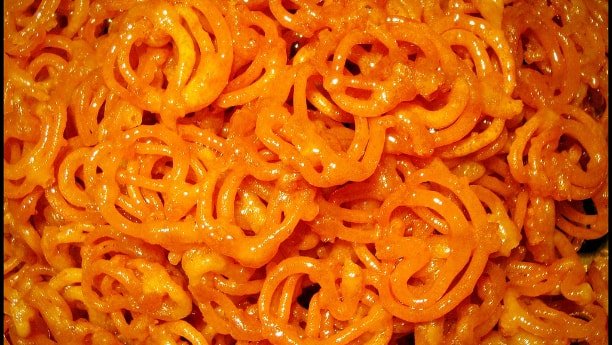

Jalebi is a spiral-shaped sweet made from fermented batter of all-purpose flour and yogurt, fried in hot oil until crisp and then dipped in sugar syrup. Its bright orange color and crispy, juicy texture make it a popular street food and festival favorite.
Fermentation of the batter is crucial — it develops a slight tanginess that balances the intense sweetness of the syrup. Frying at the right oil temperature ensures the jalebi is crispy on the outside but slightly chewy inside.
Pro tip: Use medium heat oil for frying jalebi to achieve perfect texture and avoid sogginess.
Ras Malai — Creamy and Delicate
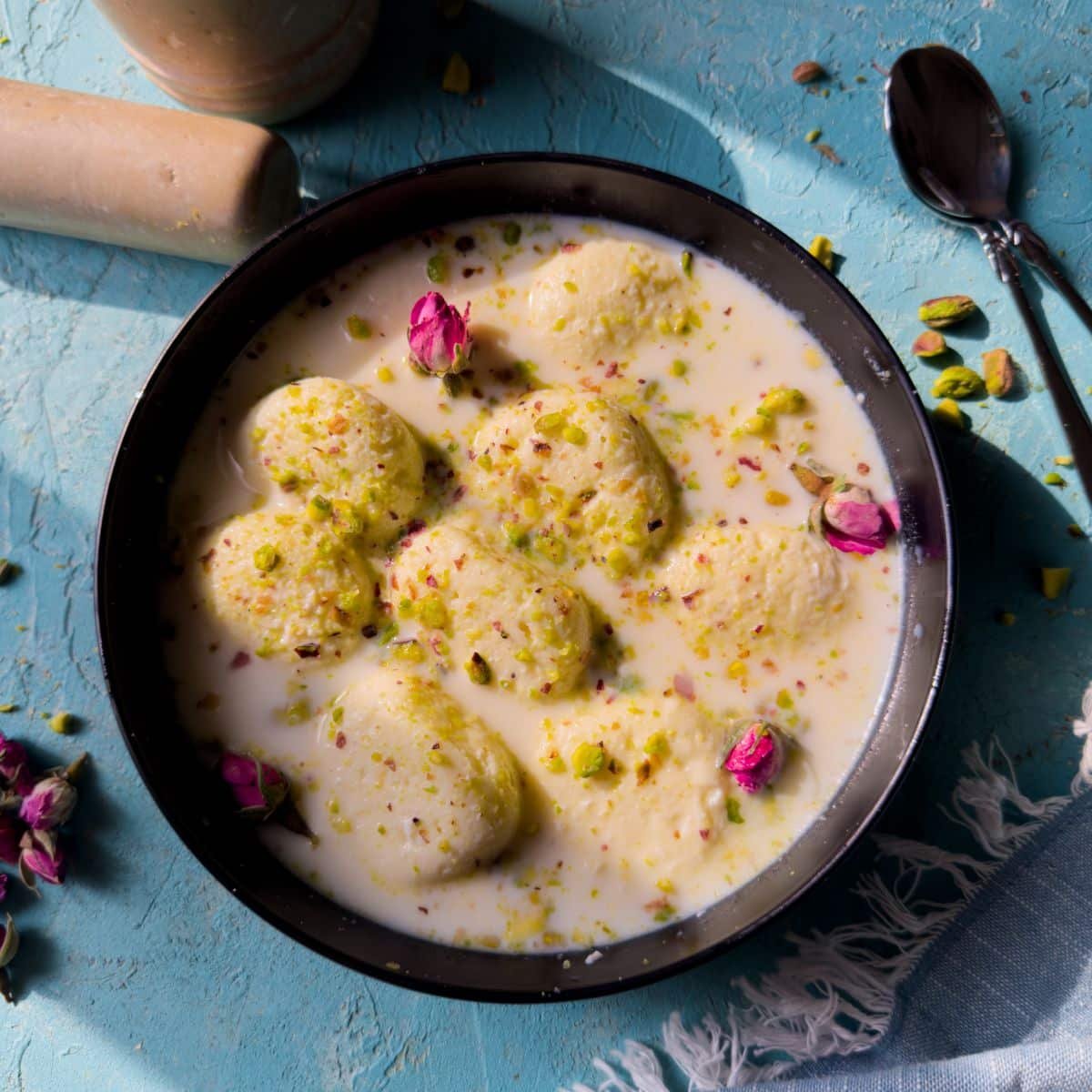

Ras malai consists of soft, flattened balls of cottage cheese soaked in thickened, cardamom-flavored milk. It is a refined dessert often reserved for special occasions due to the labor-intensive process of making the cheese balls and slow-cooking the milk to the perfect creamy consistency.
The texture of ras malai should be tender and melt on your tongue, not rubbery or grainy. The milk (rabri) is usually garnished with chopped pistachios or almonds, and a few strands of saffron for an added layer of flavor and color.
Pro tip: Avoid overcooking the cheese balls to keep them soft, and simmer the milk slowly to prevent burning and achieve the rich flavor.
Kheer — The Classic Rice Pudding
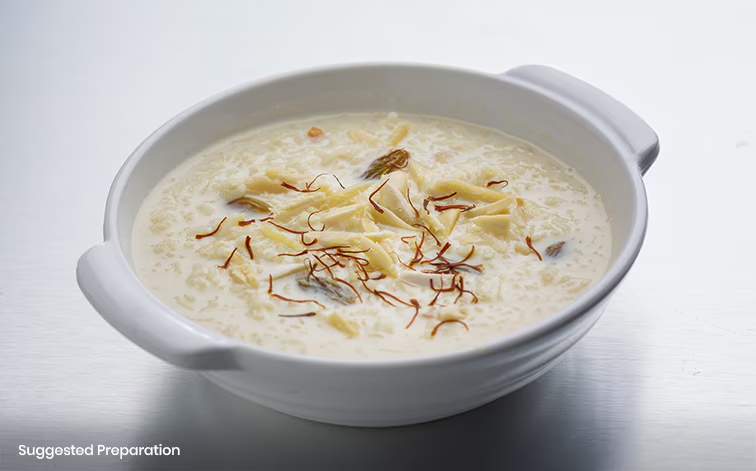

Kheer, a rice pudding made with milk, sugar, and fragrant spices like cardamom and saffron, is a comfort dessert enjoyed year-round. It’s often garnished with nuts like almonds and pistachios for added texture.
Slow cooking is key to kheer’s creamy consistency, allowing the rice to soften completely and the milk to thicken naturally without becoming overly dense.
Pro tip: Stir frequently during cooking to prevent the milk from sticking or burning at the bottom.
For a great recipe and step-by-step instructions, check out this Rice Kheer recipe.
Gajar Ka Halwa — The Winter Favorite
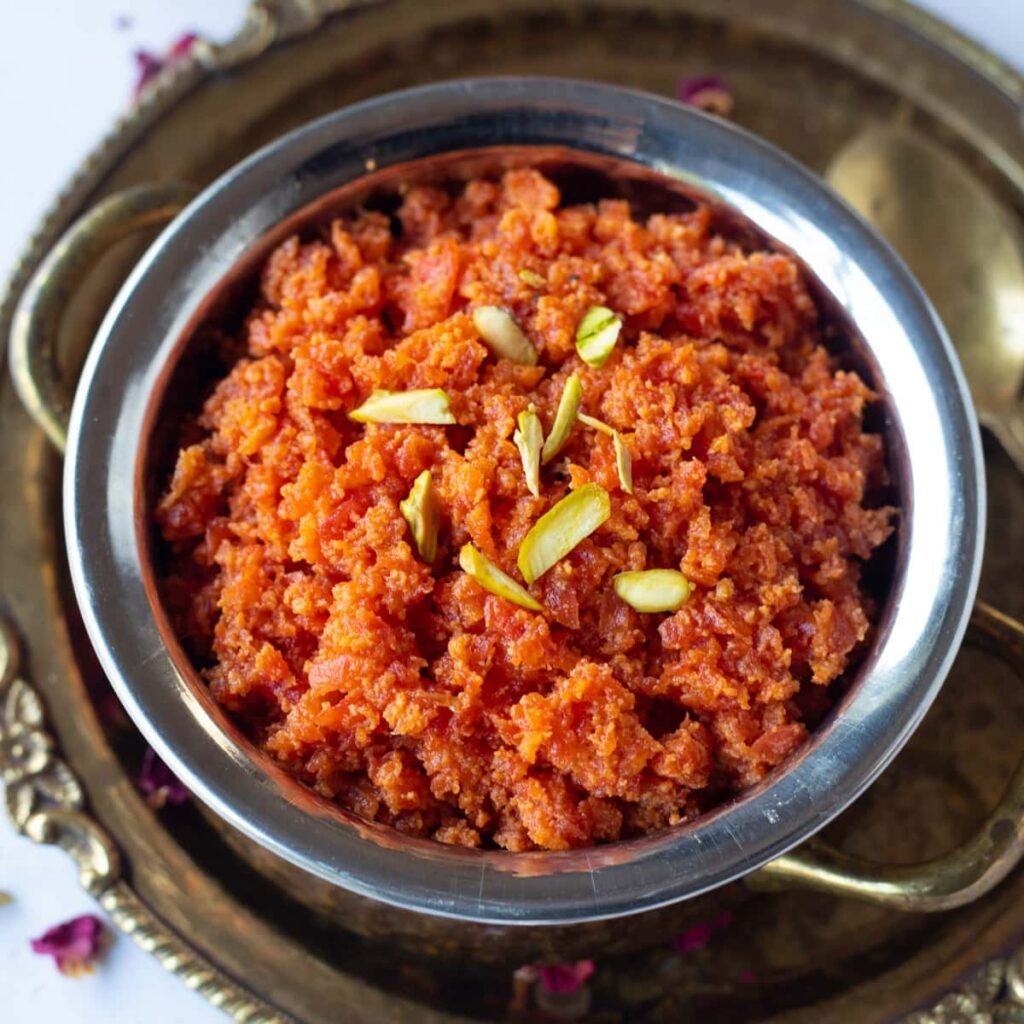

Gajar ka halwa is a warm, comforting carrot pudding made by slow-cooking grated carrots in milk and ghee, sweetened with sugar and flavored with cardamom. It is particularly popular in winter when fresh carrots are in season.
The slow cooking allows the carrots to caramelize and the milk to reduce into a thick, luscious texture. The final dish is often garnished with chopped nuts and a dash of khoya for richness.
Pro tip: Use fresh, tender carrots and cook on low heat for a long time to bring out the best flavor and texture.
Barfi — The Sweet Fudge
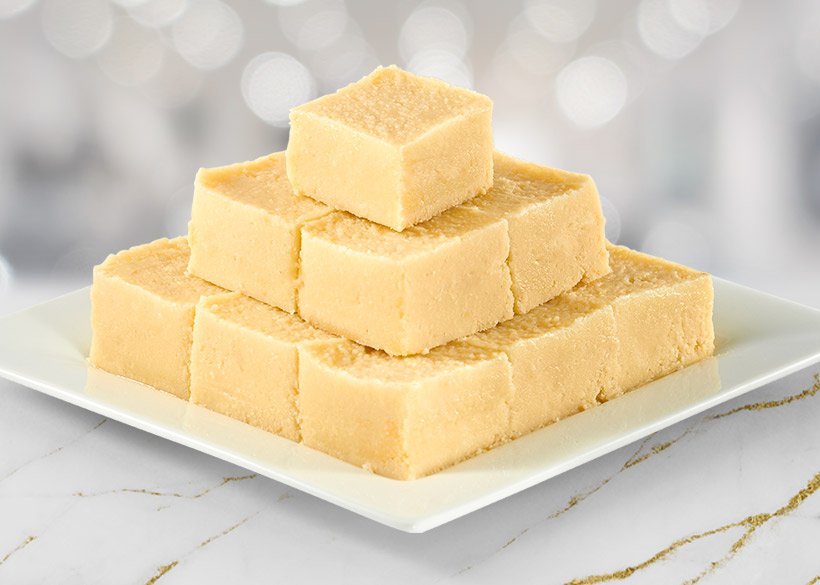

Barfi is a dense, milk-based fudge available in a variety of flavors such as pistachio, coconut, and almond. It is made by reducing milk and sugar to a thick consistency, then flavored and set into squares.
Barfi is a staple at festivals and weddings, often decorated with edible silver leaf (varq) to enhance its visual appeal. Texture is key — it should be firm but soft enough to melt in your mouth.
Pro tip: Constant stirring while reducing milk is essential to avoid burning and to achieve the ideal consistency.
Shahi Tukray — The Royal Bread Pudding
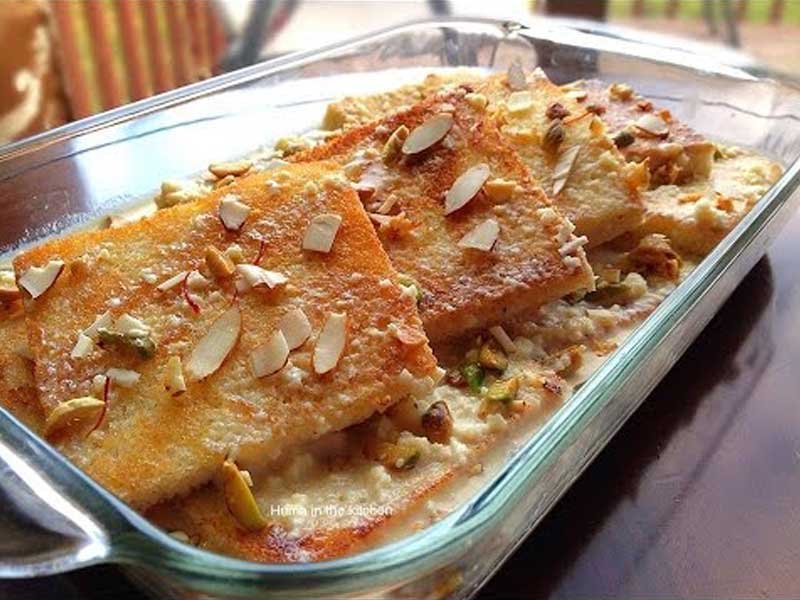

Shahi tukray, literally “royal pieces,” is a decadent dessert made from fried bread soaked in saffron and cardamom-flavored milk, topped with nuts and dried fruits. It’s a Mughal-era recipe, rich and perfect for special occasions like Eid.
The bread slices are typically fried until golden and crispy before soaking, which adds a delightful texture contrast with the creamy milk.
Pro tip: Use fresh white bread without crusts and soak just enough to keep the pieces intact yet soft.
Rabri — The Creamy Delight
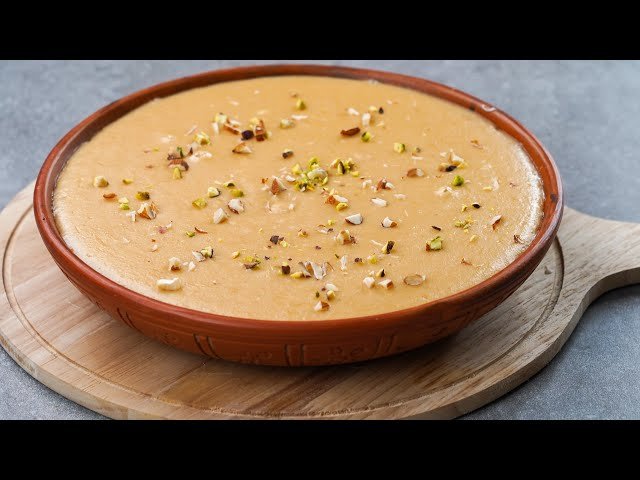

Rabri is thickened, sweetened milk cooked slowly until it forms rich layers of cream. Flavored with cardamom and saffron, it is often served with nuts or alongside other sweets.
Slow cooking on low heat and frequent stirring prevent burning and ensure a silky smooth texture.
Pro tip: Use full-fat milk for the richest flavor and avoid rushing the process.
For a trusted recipe, visit this Rabri recipe.
Expert Tips for Making Perfect Pakistani Sweets
Choose High-Quality Ingredients
The foundation of any great Pakistani sweet dish lies in the quality of its ingredients. Always opt for fresh, full-fat milk and pure ghee, as these provide richness and authentic flavor. The use of genuine saffron strands instead of artificial colors or powders makes a noticeable difference in aroma and color. When it comes to nuts, choose fresh pistachios, almonds, and cashews — avoid pre-packaged nuts that may have lost their freshness.
Master the Art of Temperature Control
Controlling the heat during cooking is essential. For example, when frying gulab jamun, keep the oil on low to medium heat to ensure even cooking inside and a perfect golden crust outside. Similarly, sugar syrup should be maintained at a warm temperature — not boiling — to allow sweets to absorb it without becoming soggy or breaking.
Be Patient with Slow Cooking
Many Pakistani desserts, such as kheer, rabri, and gajar ka halwa, require slow simmering to develop their signature textures and flavors. Resist the temptation to rush the process. Frequent stirring prevents milk from sticking or burning, while allowing flavors to meld beautifully over time.
Use the Right Tools
Traditional tools such as a heavy-bottomed pan or kadhai ensure even heat distribution and reduce the risk of scorching. A fine mesh sieve can help remove lumps from batters like jalebi. Investing in good quality utensils can elevate your cooking experience and results.
Understand Syrup Consistency
The perfect syrup has a one-string consistency — when you take a drop between your thumb and forefinger and pull them apart, it should form a thin, single string. Too thin syrup results in sweets that don’t soak properly; too thick syrup can crystallize or make sweets overly sticky.
Storage Tips for Freshness
Most Pakistani sweets are best enjoyed fresh, but if you need to store them, keep them in airtight containers in the refrigerator. Avoid storing syrup-soaked sweets for more than 2-3 days as they can lose texture. Desserts like barfi and soan papdi store well for longer periods if kept dry.
Modern Twists on Traditional Recipes
While Pakistani sweet dishes have centuries of history, modern chefs and home cooks alike are experimenting to keep these classics fresh and exciting. Whether it’s fusion desserts or health-conscious adaptations, there’s something for every palate.
Gulab Jamun Cheesecake
Imagine the beloved gulab jamun combined with creamy cheesecake — a decadent fusion that brings together two dessert worlds. This innovation maintains the syrupy sweetness while introducing a rich, velvety texture that appeals to dessert lovers seeking something new.
For an inspired recipe blending traditional and contemporary styles, check out this Gulab Jamun Cheesecake that has gained popularity in recent years.
Chocolate Barfi
Traditional barfi gets a modern makeover by adding cocoa or melted chocolate to the mixture. This twist adds a rich depth of flavor while retaining the fudge-like texture that makes barfi a festival favorite.
Vegan and Gluten-Free Options
With increasing dietary awareness, many cooks are adapting recipes to fit vegan or gluten-free diets. Coconut milk and almond milk are popular substitutes for dairy, while chickpea flour can replace wheat-based flours in sweets like jalebi.
For those interested in exploring these alternatives, this vegan jalebi recipe is a great resource.
Healthier Sweets with Natural Sweeteners
Some modern cooks replace refined sugar with natural sweeteners like honey, jaggery, or maple syrup to make desserts a bit healthier without sacrificing taste. These alternatives often add unique flavor profiles that complement traditional spices and nuts.
Where to Enjoy the Best Pakistani Sweet Dishes
Famous Sweet Shops in Pakistan
If you want to taste authentic Pakistani sweet dishes made with traditional methods, visiting some of Pakistan’s renowned sweet shops is a must. These establishments have maintained their legacy over decades, often using family recipes passed down generations.
- Haji Mithai Wala – Lahore’s legendary sweet shop known for its high-quality barfi and gulab jamun.
- Baba Tikka Shop – Famous in Karachi for its wide range of sweets including jalebi and ras malai.
- Al Hassan Sweet Shop – Located in Islamabad, known for fresh gajar ka halwa and traditional soan papdi.
Popular Pakistani Desserts Abroad
Pakistani sweet dishes have traveled globally with the diaspora and are celebrated in many countries, particularly the UK, USA, and Middle East. Cities like London and New York host sweet shops and restaurants that serve authentic mithai, often imported or made by Pakistani chefs.
If you’re outside Pakistan and craving these sweets, consider visiting:
- Chappan Bhog – A popular Indian subcontinent sweets chain with outlets in the UK and USA, offering Pakistani-style mithai. Official website
- Bombay Sweets – London-based shop known for a wide variety of traditional mithai and festive boxes. Official website
Experiencing Pakistani sweet dishes in their authentic form is a delight, whether you’re visiting the homeland or exploring diasporic communities abroad.
Healthier Versions and Dietary Adaptations
While traditional Pakistani sweet dishes are rich and indulgent, many people today seek healthier alternatives that fit modern lifestyles and dietary needs. Fortunately, with some thoughtful substitutions and techniques, you can enjoy these sweets guilt-free.
Low Sugar and Natural Sweeteners
Replacing refined sugar with natural sweeteners such as jaggery, honey, or maple syrup not only reduces the glycemic impact but also adds subtle, complex flavors. Jaggery, for instance, is a traditional unrefined sweetener used in South Asia that offers minerals and antioxidants missing in white sugar.
Vegan and Dairy-Free Options
Many desserts can be adapted for vegan diets by substituting dairy milk with plant-based alternatives like almond, coconut, or soy milk. Ghee can be replaced with coconut oil or vegan butter for a similar richness. For example, vegan versions of barfi and kheer have become popular among those with lactose intolerance or ethical preferences.
Gluten-Free Alternatives
Though most Pakistani sweets are naturally gluten-free, some like jalebi use wheat flour. You can replace all-purpose flour with chickpea flour (besan) or rice flour to make gluten-free jalebi that retains its signature texture and taste.
Portion Control and Balanced Eating
Enjoying these desserts in moderation alongside a balanced diet is key. Many sweet shops now offer mini portions or mixed mithai boxes to help with portion control, letting you savor flavors without overindulgence.
Conclusion
Pakistani sweet dishes are much more than just desserts; they are a celebration of history, culture, and community. From the royal richness of shahi tukray to the comforting warmth of gajar ka halwa, each sweet tells a unique story that connects us to our heritage and loved ones.
As someone who has dedicated years to mastering these recipes and understanding their cultural significance, I encourage you to explore these sweets with patience and passion. Whether you’re trying your hand at making them for the first time or looking to perfect your technique, this guide offers all the insights you need.
Remember, the magic lies in the quality of ingredients, the careful cooking process, and the love you put into every dish. So go ahead — pick your favorite recipe from this guide, try it at home, and share the sweetness with your family and friends. This is how tradition lives on, one delicious bite at a time.
Published: Aug 8, 2025
Author: ZunNurain Khalid
Reference Links with Working URLs
-
Gulab Jamun Recipe (Indian Healthy Recipes)
https://www.indianhealthyrecipes.com/gulab-jamun-recipe/ -
Kheer Recipe (Veg Recipes of India)
https://www.vegrecipesofindia.com/rice-kheer-recipe-chawal-ki-kheer/ -
Mughal Empire Overview (Britannica)
https://www.britannica.com/topic/Mughal-dynasty -
Eid al-Fitr (Wikipedia)
https://en.wikipedia.org/wiki/Eid_al-Fitr -
Rice Kheer Recipe (Veg Recipes of India)
https://www.vegrecipesofindia.com/rice-kheer-recipe-chawal-ki-kheer/ -
Rabri Recipe (Cook With Manali)
https://www.cookwithmanali.com/instant-rabdi/ -
Vegan Jalebi Recipe (Vegan Richa)
https://www.veganricha.com/vegan-jalebi/ -
Jaggery Benefits (Healthline)
https://www.healthline.com/nutrition/jaggery-benefits -
Haji Mithai Wala Facebook Page (Lahore)
https://web.facebook.com/Haji.laal.sweets/?_rdc=1&_rdr# -
Baba Tikka Shop Facebook Page (Karachi)
https://web.facebook.com/hajibabatikka12/?locale=en_GB&_rdc=1&_rdr#

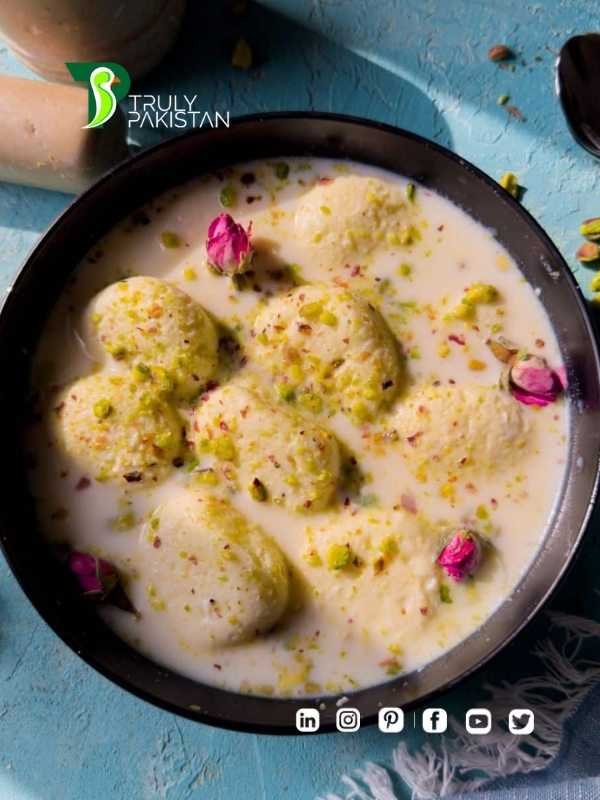
One thought on “Pakistani Sweet Dishes — A Complete Guide by an Expert”